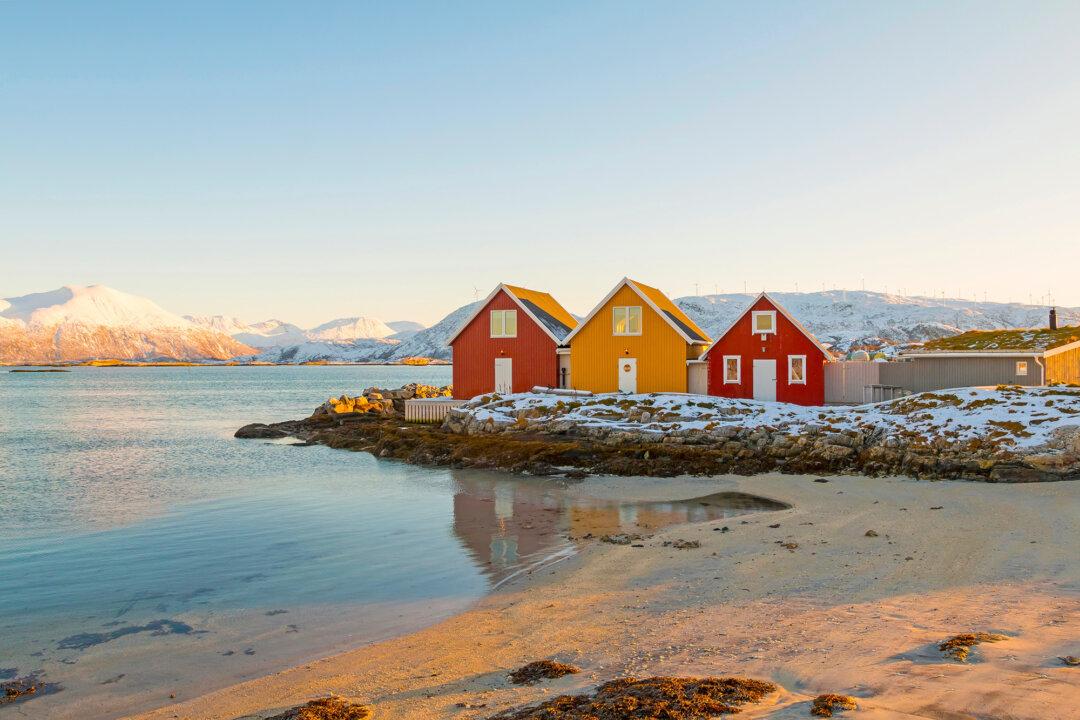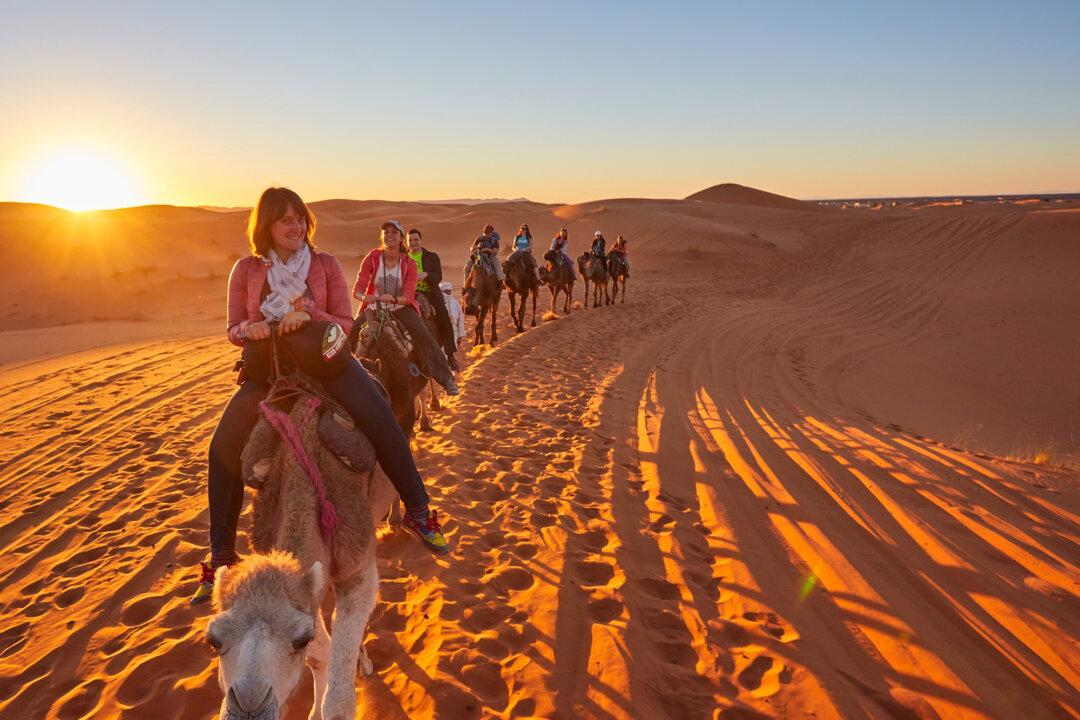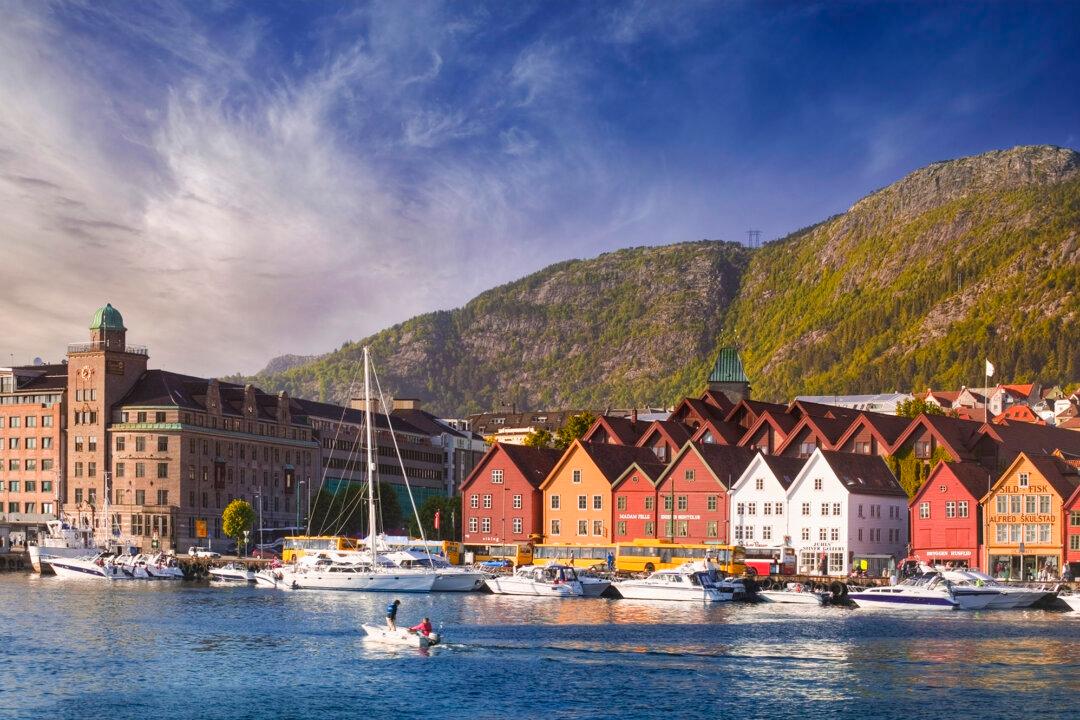MERIDA, Spain—It’s early afternoon, the sun still high in the sky. I’m walking through a dusty field, acorns hanging in the oaks above, and a heavily tanned farmer is speaking to me in a language I don’t understand. And I’m surrounded—on all sides—by some of the world’s very finest swine. Moments ago, the leathery farmer, with a whoop and a holler, called these beautiful beasts over for a treat—acorns, literally shaken from the tree—causing a literal feeding frenzy, chubby legs pumping from all directions, snouts scooping up every available one of the dozens that hailed down.
What a bunch of pigs.





